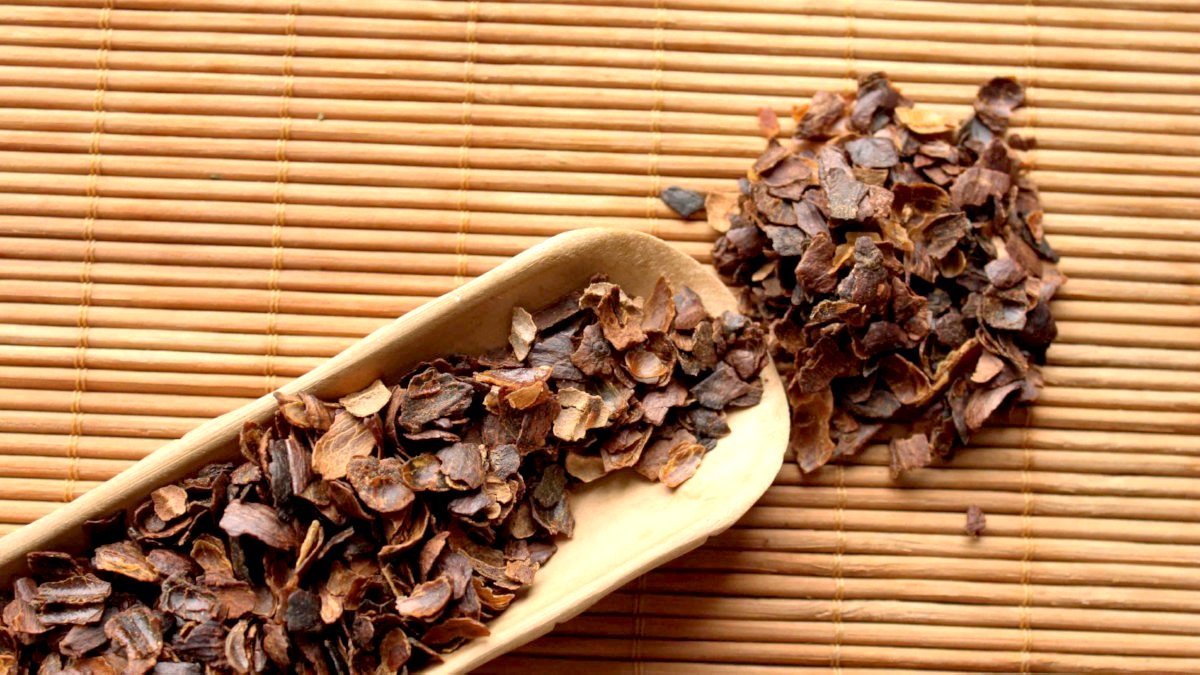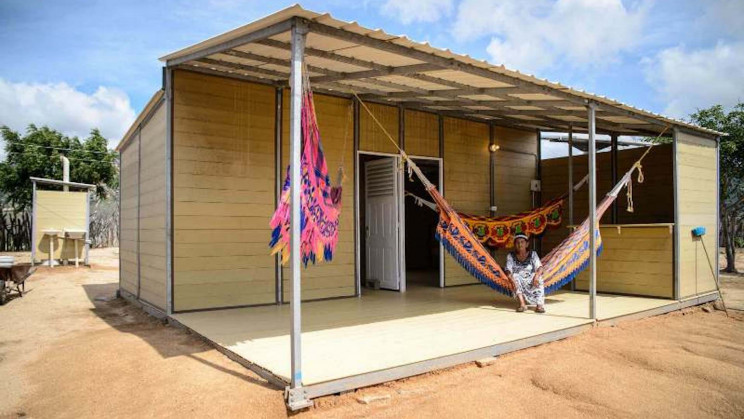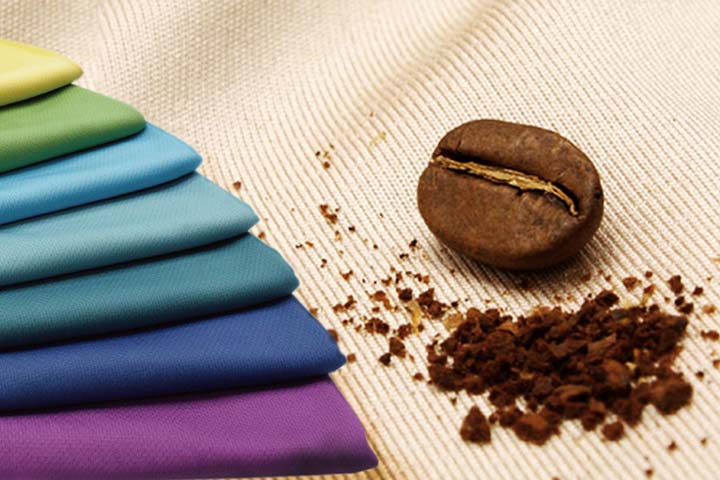Danviet.vn_A Colombia-based startup combines roasted coffee by-products with recycled plastic to build affordable housing.
Coffee husks – the natural material that surrounds coffee beans that flake off when the beans are roasted often become waste, piled up releasing methane and also creating a potent greenhouse gas. But a company in Colombia has found a new use for them, combining rice husks with recycled plastic to create a new material.

Photo: @Pixabay.
A Colombia-based start-up that is the world’s largest exporter of arabica beans is taking advantage of coffee pods, a by-product from the roasting process that would otherwise go to waste. to build affordable housing, a report from FastCompany says.
This Colombia-based company, called Woodpecker WPC, combines roasted coffee pods with recycled plastic to create a new material that’s sturdy enough to build houses, barns or other storage spaces.
Impressively, the company started developing the solution about a decade ago, charging just $4,500 for a house built entirely out of its coffee-plastic hybrid, but as of today, This construction method is starting to get more attention.

Photo: @Pixabay.
Last November, Category 5 hurricane Iota made landfall on the Colombian island of Providence, causing unprecedented damage in the area and destroying 1,300 homes. Woodpecker’s homes are considered the most viable solution to rehabilitate the area, with inexpensive kits, quick assembly, and easy-to-find willows.
As Woodpecker CEO Alejandro Franco explained to FastCompany, they hope to continue to build and provide solutions to the region’s housing crisis. The company’s solution is especially relevant to low-income rural areas where it can be difficult to transport building materials such as bricks and cement.
The environmental impact of the coffee industry
Coffee drinking is so popular that the International Space Station has its own specially crafted espresso machine called the ISSpresso. Due to its size, the $465.9 billion coffee industry has a wide-ranging environmental impact that cannot be ignored.
According to a recent study from Leeds Becket University, coffee production in Central America generated up to 1.1 million tonnes of pulp and polluted 110,000 cubic meters of water per day during a six-month peak period in 1988. This trade is also linked to deforestation in regions that are home to sophisticated ecosystems.
Thankfully, Woodpecker is not the only company trying to shift the environmental impact of the coffee industry to creating sustainable materials. As another example, there is a Taiwan-based company that recently created a method of utilizing coffee grounds in textiles.

Photo: @Pixabay.
Coffee grounds, after being cleaned and removed from oil (the oil is then used to make soap and cosmetics) will be crushed into crumbs and mixed with nylon or polyester to form coffee fibers. For Singtex, a Taiwanese company known for its S.Cafe yarn line, has chosen a more environmentally friendly source of raw materials. They use polyester fibers from recycled PET bottles mixed with coffee grounds from Starbucks or 7-Eleven convenience stores in Taiwan.
It is estimated that to make a shirt requires grounds from 3 coffee cups and 5 plastic bottles. Singtex is also patented for the process of turning coffee grounds into S.Cafe fibers with only 160 degrees of carbonation, saving energy compared to 600 degrees of conventional fibers.
What are the characteristics of Coffee Yarn?
The Coffee Fiber Fabric is soft, lightweight and has outstanding features including:
-Coffee fiber fabric absorbs well, dries quickly: They continuously move moisture from the skin to the outer surface of the fabric so that the drying process is faster and 1.88 times faster than cotton fibers.
– Cloth Coffee fibers control odors: People often tell how to deodorize the refrigerator by placing coffee grounds in the cabinet. The deodorizing properties of coffee work similarly in the fiber. Coffee beans with microscopic size exist in the fabric to help absorb body odor, keeping the body cool and comfortable. This feature will not be lost even if you wash the clothes a hundred times.
-Sunscreen Coffee Fiber Fabric: The fiber has microscopic pores that create a natural and chemical-free shield to help resist UV rays, protecting the skin from the sun.
-Eco-friendly Coffee Yarn: Take advantage of discarded coffee grounds, increase their life cycle instead of ending their life in landfills. The manufacturing process uses non-toxic chemicals. With the above features, Coffee Yarn is a great choice for sportswear, outdoor activities, in addition to being used to make underwear, shoes, furniture…
